We have a number of exciting events happening at Normansfield Theatre and the Langdon Down Centre throughout December. Tickets are on-sale now for all events listed below.
Opera Encores / Commedia Productions
Saturday, 21 November, 7.30pm
Tickets: £20 and £16 (concessions)
Following the success of Opera in Cameo, Commedia return to present an entertaining guided tour through the evolution of opera. The evening is illustrated by staged popular scenes and features a company of professional soloists accompanied by The Virtual Reality Orchestra.
Commedia have more than 15 years of experience in the presentation of fully staged musical theatre. Press and audiences have enthusiastically applauded the company’s innovative approach and reviews in the national media have referred to their productions as “a luxury you can afford,” “the most imaginative production I have seen” and even “the future of opera”. Initially, productions were traditionally presented, in the original language and setting with full chorus and orchestra. In recent years the trend has been towards a more accessible approach with the use of new and original translations and the implementation of the Virtual Reality Orchestra.
Tickets are available online or by calling 0333 1212 300 (Mon to Fri 9am to 5pm)
Normansfield Christmas Craft Fair
Saturday, 28 November 2015, 11am to 5pm
Admission: Free
(£2.50 for children’s activity room)
Normansfield Theatre will become a magical wonderland of Christmas crafts and gifts. We’ll have 30+ stalls selling cards, prints, gifts, ornaments, tableware, food, christmas decorations, handbags and so much more; all perfect for a Christmas present! We’ll also have a coffee shop selling delicious refreshments and books; a tombola and a children’s craft activity room open all day. For a small charge, the children can make a ceramic Christmas decoration or sand art sculpture (the price includes all materials).
ENTRY IS FREE so please pop in and support this lovely event!
Il Barbiere de Siviglia / Villa InCanto
Sunday, 29 November 2015, 7.30pm
Tickets: £20 and £16 (concessions)
Rossini’s ever popular comic opera is a tuneful masterpiece. It tells the tale of quick thinking barber, Figaro, who is paid to help a Count, Almaviva, to win the woman of his dreams. Almaviva needs to disguise himself more than once to outwit the Guardian of Rosina (a perfect young woman as long as you don’t get in her way!). Figaro, of course, will do all he can to ensure that, despite all the guardian’s attempts, Rosina does indeed end up in the arms of the dashing count.
Tickets are available online or by calling 0333 1212 300 (Mon to Fri 9am to 5pm)
Down’s Syndrome Association Christmas Concert
Tuesday, 8 December, 7pm
Tickets: £20 adults, £15 (concessions), £10 (children under 12)
Price includes a drink on arrival.
This year the evening will be a mix of dance, song and readings from a few special guests to get you in the Christmas spirit! Tickets will go on sale on Monday 2 November. Your ticket price includes an arrival drink and a fantastic evening’s entertainment. A cash bar will operate during the interval providing snacks and refreshments.
Tickets are available online or by calling 0333 1212 300 (Mon to Fri 9am to 5pm)
Semele / Isleworth Baroque
Friday to Sunday, 11-13 December, 7.30pm
Tickets: £15
Singers and musicians from Isleworth Baroque present Handel’s version of this story taken from Greek mythology.
Semele, a beautiful but unsophisticated maiden, falls in love with the god Jupiter and discovers the “endless pleasure, endless love” of the heavens. Jupiter’s wife Juno is understandably unhappy with the situation and plots Semele’s downfall.
Tickets are available online at or by calling 0333 1212 300 (Mon to Fri 9am to 5pm)




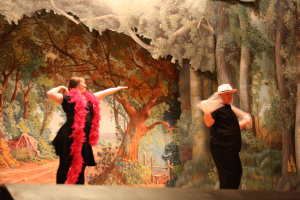






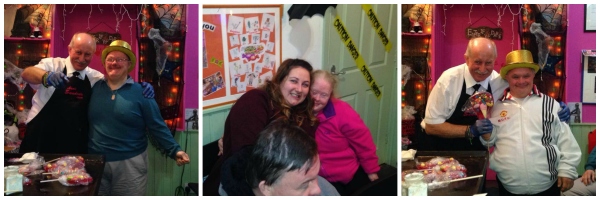
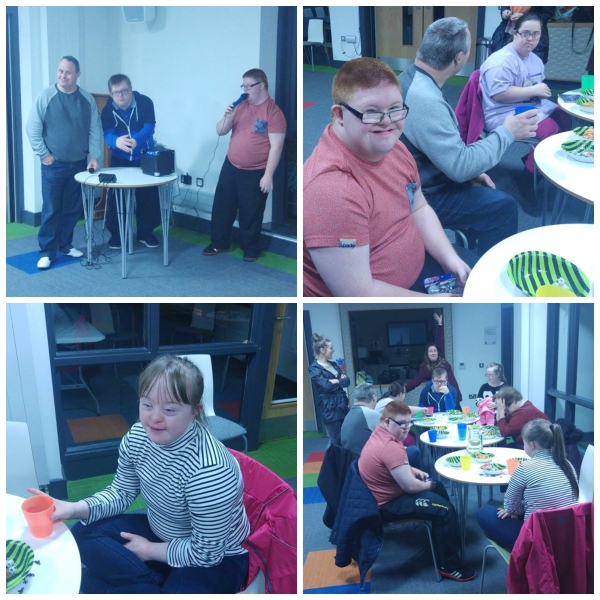
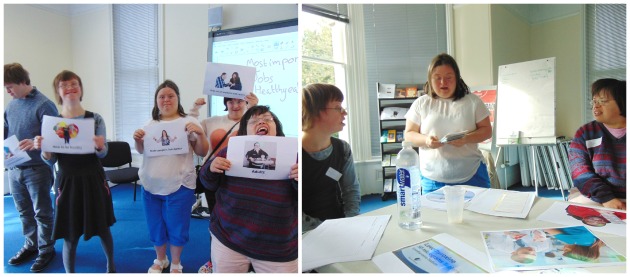
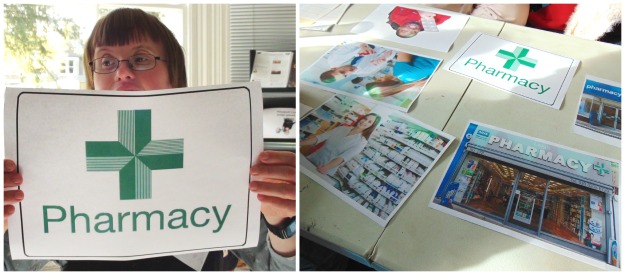


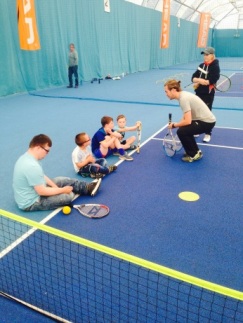
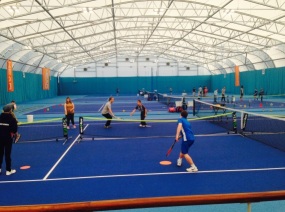
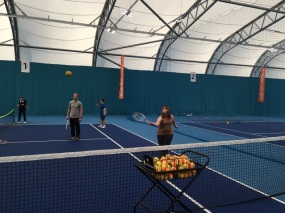
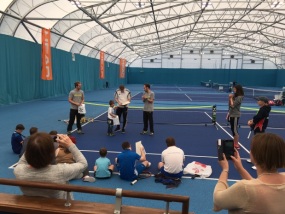





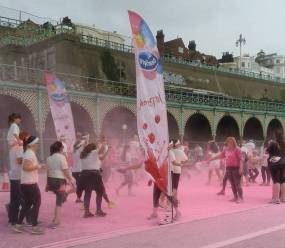

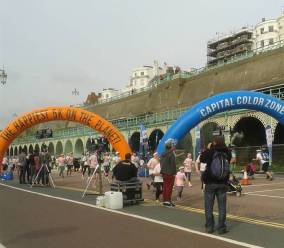

You must be logged in to post a comment.